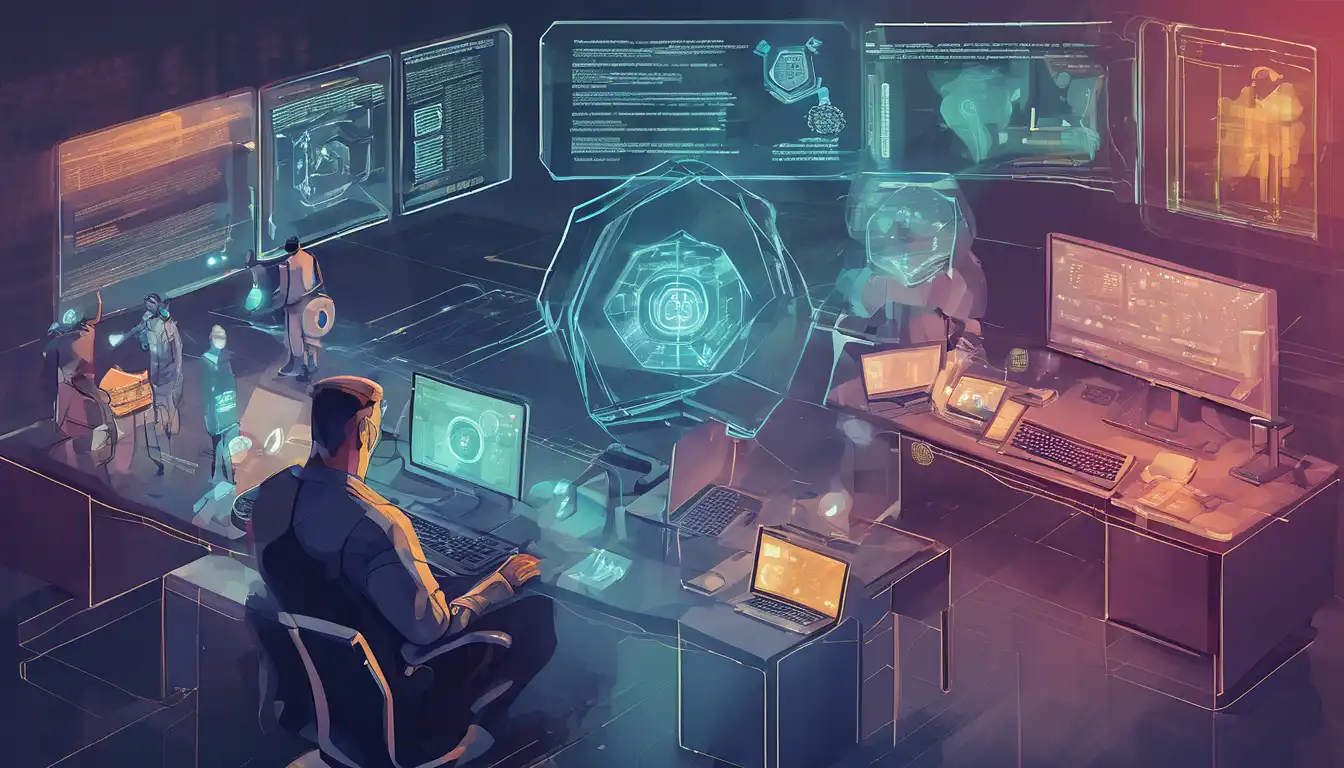Introduction to Cybersecurity Trends
In the ever-evolving digital landscape, staying ahead of cybersecurity threats is paramount for businesses and individuals alike. The year 2023 has brought forward innovative strategies and technologies designed to fortify defenses against increasingly sophisticated cyber attacks. This article delves into the latest trends in cybersecurity defense, offering insights into how you can protect your digital assets effectively.
Artificial Intelligence and Machine Learning
Artificial Intelligence (AI) and Machine Learning (ML) are at the forefront of cybersecurity defense. These technologies enable the detection of anomalies and potential threats in real-time, significantly reducing response times. By leveraging AI and ML, organizations can predict and neutralize threats before they materialize, ensuring a proactive approach to cybersecurity.
Zero Trust Architecture
The Zero Trust model has gained traction as a critical component of modern cybersecurity strategies. Unlike traditional models that trust users within the network, Zero Trust requires verification from everyone trying to access resources, regardless of their location. This approach minimizes the risk of internal and external breaches, making it a cornerstone of contemporary cybersecurity defense.
Cloud Security Enhancements
With the shift towards cloud computing, securing cloud environments has become a priority. Advanced encryption techniques, multi-factor authentication, and secure access service edge (SASE) frameworks are being implemented to protect data in the cloud. These enhancements ensure that businesses can leverage the cloud's benefits without compromising on security.
Increased Focus on Endpoint Security
As remote work continues to be prevalent, securing endpoints has never been more critical. Endpoint detection and response (EDR) solutions are being widely adopted to monitor and respond to threats on devices connected to the network. This trend underscores the importance of securing every entry point to prevent unauthorized access.
Conclusion
The landscape of cybersecurity is constantly changing, with new threats emerging regularly. By staying informed about the latest trends and implementing robust defense mechanisms, organizations and individuals can safeguard their digital environments. Embracing technologies like AI, adopting Zero Trust principles, and enhancing cloud and endpoint security are essential steps in building a resilient cybersecurity posture.
For more insights into protecting your digital assets, explore our technology section for the latest updates and strategies.
